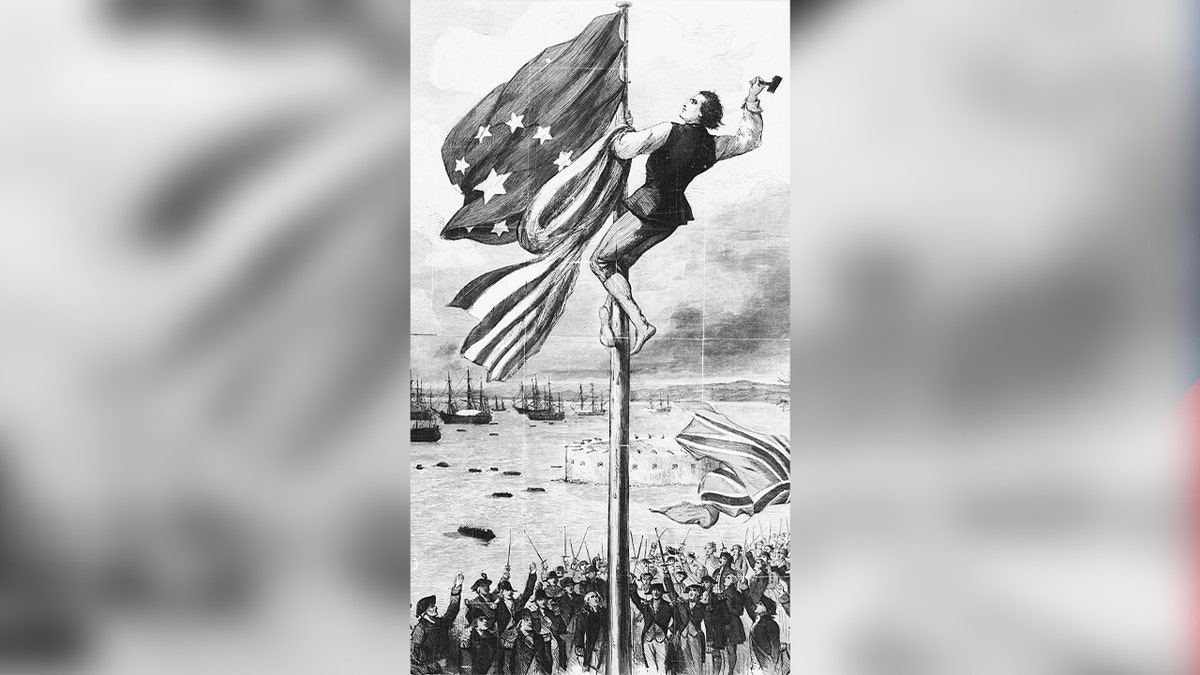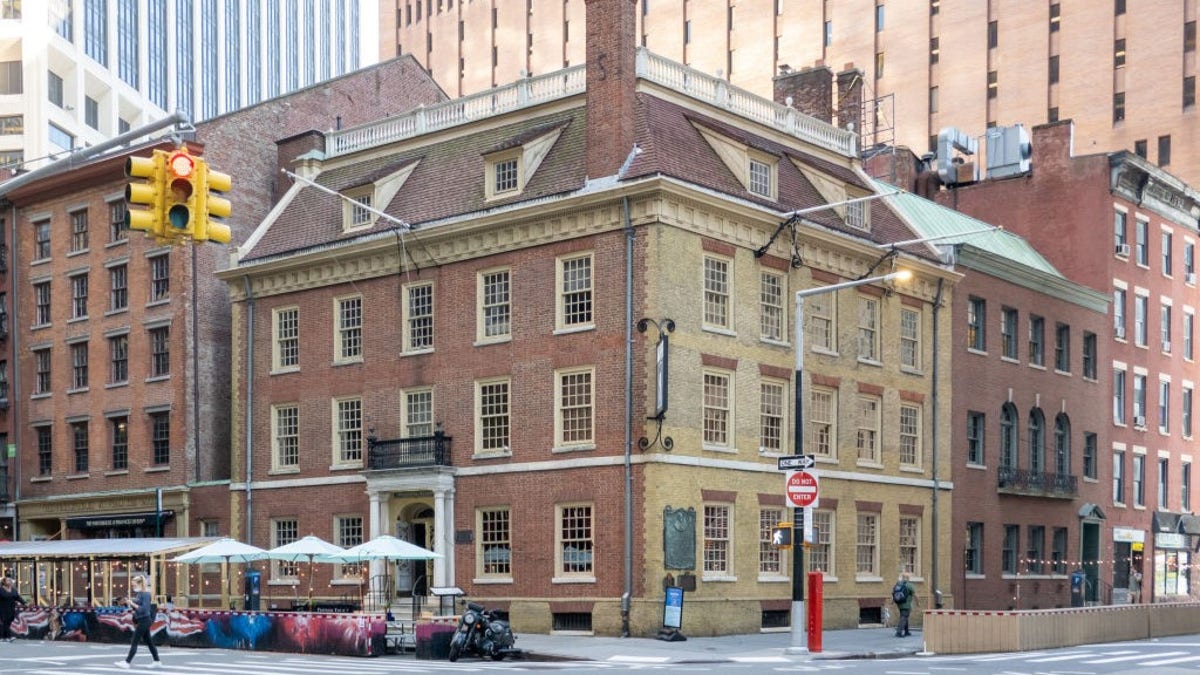When President Abraham Lincoln first declared Thanksgiving a national holiday, it marked the beginning of the end of the prominence of Evacuation Day, the original patriotic celebration held during the last week of November. Little did I know I was doing it.
In November 1863, Lincoln issued a command to thank God for the bounty of the harvest, and by the 1940s Congress had declared the fourth Thursday of the eleventh month of the calendar year to be Thanksgiving Day.
But the commemoration coincided with a gradual détente with Britain, now America's strongest ally, who was expelled on a day when Americans celebrated the last red-headed soldiers to flee their homeland. .
After the Declaration of Independence was declared in Philadelphia in 1776, New York City, just 99 miles northeast, remained a British stronghold until the end of the Revolutionary War.
According to the Department of Veterans Affairs, captured Continental troops were held on prisoner ships in New York Harbor, while British political operations in the West were anchored in the Big Apple.
George Washington's Sacred Tradition
General George Washington parades through Lower Manhattan on Evacuation Day, November 25, 1783 (Library of Congress lithograph, from Getty)
But all that came crashing down on the King after the Treaty of Paris was signed, and on November 25, 1783, the new “Americans” eagerly watched the British leave their hard-won homeland. Ta.
In their haste to flee the United States, British troops took time to oil the flagpole, which still had the Union Jack flying. One prominent post was in Bennett Park, on what is now West 183rd Street, near the northern tip of Manhattan.
Don't flinch, Sergeant. John van Arsdale, a veteran of the Revolutionary Army, combined a spike with which he could climb a non-slip pole and tear off the flag of his then-enemy. Van Arsdale replaced it with the Star-Spangled Banner. And if today's skyscrapers weren't in the way, the changing colors of the island's highest point could be seen even farther downtown.
In the harbor, a final blast from a British warship headed for Staten Island missed the crowds that had gathered to watch the 6,000-man army begin its journey across the Atlantic back to King George III.
Sylvester Stallone calls President Trump 'the second George Washington'

On November 25, 1783, as British troops evacuated New York, John Van Arsdale replaced the Union Jack with the American flag. (Getty)
Later that day, New York Governor George Clinton, who was negotiating an “evacuation” with future President George Washington and British Canadian Governor Sir Guy Carleton, made his way through the rowdy crowds down Broadway to today's There was a military march to Wall Street Financial District. A district on the other side of Manhattan.
Mr. Clinton invited Washington for dinner and a “farewell toast” at the nearby Francis Tavern. Francis Tavern has a museum dedicated to the original American holiday. Samuel Francis, who owned the watering hole, reportedly provided food and information to the Continental Army.
Just a week later, Washington convened at the Francis residence to announce his retirement from the Army, and the revolutionaries, including Mr. Clinton and German-born General Friedrich von Steuben, were officially honored in an Oktoberfest-style parade in New York. surrounded by top figures.
“It is with a heart full of love and gratitude that I now leave you. I wish you all the best in your final years, just as your last days were glorious and honorable. I sincerely hope that your life will be prosperous and happy,” Washington said.
According to several sources, including Untapped New York, before Lincoln and later Congress normalized Thanksgiving as a large family event, Evacuation Day received more attention than its successors and the Fourth of July. It is said that
November 25th was a 19th century school holiday when people re-enacted Van Arsdale climbing the flagpole in Bennett Park. Formal dinners have been held at the Plaza Hotel and other upscale establishments for years, the paper said.
An official parade similar to today's Macy's Thanksgiving Day Parade was held annually in New York until the 1910s.
CLICK HERE TO GET THE FOX NEWS APP

Francis Tavern at Pearl and Broad Streets in New York City. (Getty)
As diplomatic relations with Britain warmed towards the 20th century and London's alliance with the United States during the World Wars proved important, Evacuation Day celebrations became less prominent.
However, in the 2010s, commemorative flag raisings began to take place sporadically at Bowling Green, the southern terminus of Broadway. On the day of the original evacuation, the new U.S. Army marched down the iconic boulevard to officially take back New York, preceding Washington's dinner at Francis Tavern.
At Francis, 13 toasts representing the number of Americans were raised, each expressing the new government's hopes for the new nation and expressing gratitude to those who helped make it possible.
According to the tavern's museum website, Washington's aides wrote down the poem for posterity, and the Sons of the American Revolution read it aloud at dinner every year.
“To the United States of America,” said the first toast. Second Honorable King Louis XVI. French troops played a key role in the American victory.
Another read: “To those who defend the rights of humanity everywhere on Earth.” “May the close union of the states protect the temple we have erected to freedom.”
On the 13th, he warned other countries that might try to invade the new United States:
“May the memory of this day serve as a lesson to princes.”


